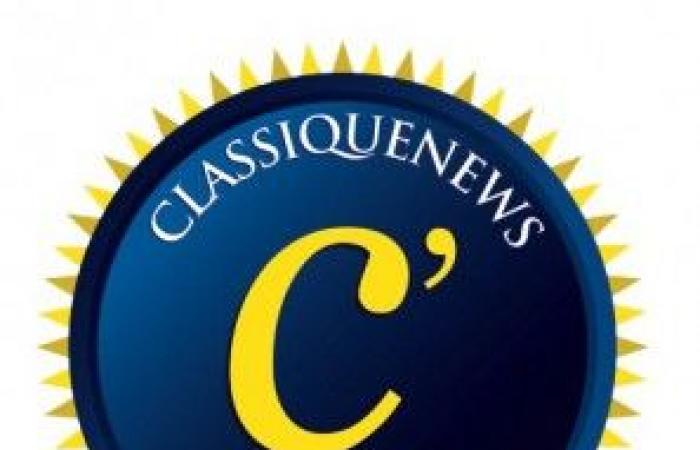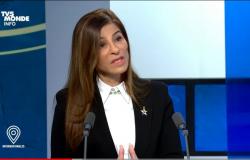The book remarkably published by the editions of La Martinièreis not only the catalog of the exhibition organized by the Philharmonie de Paris for 150 years since the birth of Maurice Ravel in 1875 (March 2025). It is ultimately through the 18 entries [comme les 18 entrées de la partition du Boléro, « diamant à 18 facettes »] a comprehensive summary illuminating the knowledge and understanding of a work that has become legendary since its creation on November 22, 1928.
Its genesis, its Spanish inspiration in connection with the origins of the author, the secrets of its specific mechanics, its refinement in terms of timbres and colors (of which the art of combinations remains dazzling), the question of the right tempo too [à 66]even its original spelling [le e de bolero : avec accent ou pas ?]without omitting the significant part of its sponsor the rich dancer Ida Rubinstein who had created his own dance company, rival of Diaghilev's Ballets Russes… The history of Bolero in cinema but also the work of choreographers including obviously the other Maurice […Béjart] also shed different light on the perception of the score which is also originally a ballet.
Magician fruit of a composer who remained a child, but an anguished child who, through the principle of trance (fusional hypnosis of repetition, of a fabulous ostinato subtly expressed by the uninterrupted beat of the snare drum…), knowing how to ward off the action or even the threat of inner demons, the Bolero is a unique musical object, without music, without composition, only an “orchestra effect”, as Ravel himself explains and likes to say; but what an effect! : a prodigy of aesthetic intelligence, marrying like no one else the timbres chosen and thus associated… as the greatest orchestrator since Berlioz knows how to achieve.
The most relevant text remains that of the psychoanalyst and dance therapist France Schott-Billmann, who while deciphering the meaning of the double shift, of the two alternating, complementary confronting themes, repeated to the point of trance, develops a striking look at the construction and architecture of the piece, ultimately highlighting its prodigious coherence, beyond the technicality of the orchestrator.
Splendid photos of Ravel's house in Montfort L'Amaury [le Belvédère]from the composer to his work, complete a collection of fascinating contributions. Excellent publication which ideally augurs well for the year of Ravel's 150th anniversary.
____________________________________
BOOK event. Exhibition catalog at the Cité de la Musique – Philharmonie de Paris, from Dec 3, 2024 to June 15, 2025. Publication of November 8, 2024. 224 pages – Under the direction of Lucie Kayas, musicologist. CLASSIQUENEWS CLICK winter 2024.
Paris, from Dec 3, 2024 to June 15, 2025. Publication of November 8, 2024. 224 pages – Under the direction of Lucie Kayas, musicologist. CLASSIQUENEWS CLICK winter 2024.
MORE INFO
on the Philharmonie website:
https://librairie.philharmoniedeparis.fr/catalogues-exposition/ravel-bolero
on the website of Editions de la Martinière :
https://www.editionsdelamartiniere.fr/livres/ravel-bolero







